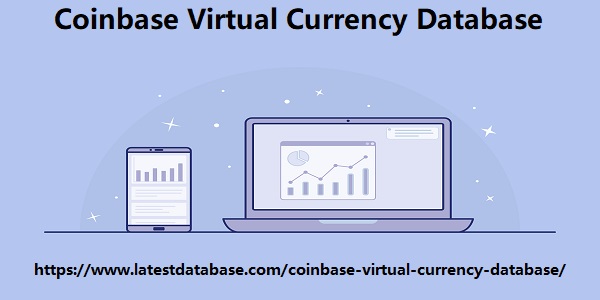Post by account_disabled on Feb 25, 2024 1:54:21 GMT -6
Many companies that send email marketing do not explore or take advantage of all the resources that their sending platform offers, especially the API, which allows integration between the website and the platform. One of the important resources that should be well explored is the integration of email marketing opt-in registration into the website with the aim of improving usability for recipients and making this process more effective. IMPROVING THE USABILITY OF THE OPT-IN PROCESS Companies that send messages very frequently and address different topics, such as retail chains and news portals, can create a special page to receive people's opt-ins. Metallica receiving preferences landing page example Metallica's website has a specific landing page for people to mark which types of promotional emails and newsletters they want to receive from the band. This type of page works with integration with the email marketing sending platform. Each type of newsletter chosen will automatically register the person's email in a different mailing list on the platform.
Metallica’s newsletter opt-in is a great example. They have different types of emails that people can sign up for, each with its own name and description. It would also be possible to display an example of each email and a warning about the sending frequency, if there is a defined periodicity for sending each marketing email or newsletter. 12 tips for building an opt-in registration page for email marketing and newsletters When creating a specific page for opt-in, position the link to this location in the main navigation menu, at the top right of the website or Coinbase Virtual Currency Database in the footer with a clear indication in the name “Newsletter”. If your site promotes other ways for visitors to stay up to date with your content, such as social media links, position the link to the opt-in page next to them. If your website offers more than one email option for the user to register (newsletters on different topics, for example), create an easy-to-understand name and description for each one, also making the sending frequency clear.

In the same case, offer an option for the user to sign up for all newsletters at once, without them having to select one by one. Do not pre-select any newsletter so that the user does not accidentally subscribe to it without seeing that this option was enabled. When choosing the name of your newsletter, avoid cliché and overused terms, such as alert, news, info, etc. Especially avoid mentioning them in the subject of the email. If you don't want to choose a name, no problem. Just organize your different types of emails into categories so that users understand the content that will be covered in each email. If possible, provide a link next to each email option so that the user can check your most recent email as an example of what they will receive. On the example page of the email that will be sent, keep the link or button visible to opt-in from there. Allow visitors to your website to sign up to receive your emails without having to register on the website with a login and password. Eliminate distracting elements from the opt-in page so as not to tempt the visitor to abandon the registration process to check out something else that caught their attention.
Metallica’s newsletter opt-in is a great example. They have different types of emails that people can sign up for, each with its own name and description. It would also be possible to display an example of each email and a warning about the sending frequency, if there is a defined periodicity for sending each marketing email or newsletter. 12 tips for building an opt-in registration page for email marketing and newsletters When creating a specific page for opt-in, position the link to this location in the main navigation menu, at the top right of the website or Coinbase Virtual Currency Database in the footer with a clear indication in the name “Newsletter”. If your site promotes other ways for visitors to stay up to date with your content, such as social media links, position the link to the opt-in page next to them. If your website offers more than one email option for the user to register (newsletters on different topics, for example), create an easy-to-understand name and description for each one, also making the sending frequency clear.

In the same case, offer an option for the user to sign up for all newsletters at once, without them having to select one by one. Do not pre-select any newsletter so that the user does not accidentally subscribe to it without seeing that this option was enabled. When choosing the name of your newsletter, avoid cliché and overused terms, such as alert, news, info, etc. Especially avoid mentioning them in the subject of the email. If you don't want to choose a name, no problem. Just organize your different types of emails into categories so that users understand the content that will be covered in each email. If possible, provide a link next to each email option so that the user can check your most recent email as an example of what they will receive. On the example page of the email that will be sent, keep the link or button visible to opt-in from there. Allow visitors to your website to sign up to receive your emails without having to register on the website with a login and password. Eliminate distracting elements from the opt-in page so as not to tempt the visitor to abandon the registration process to check out something else that caught their attention.

